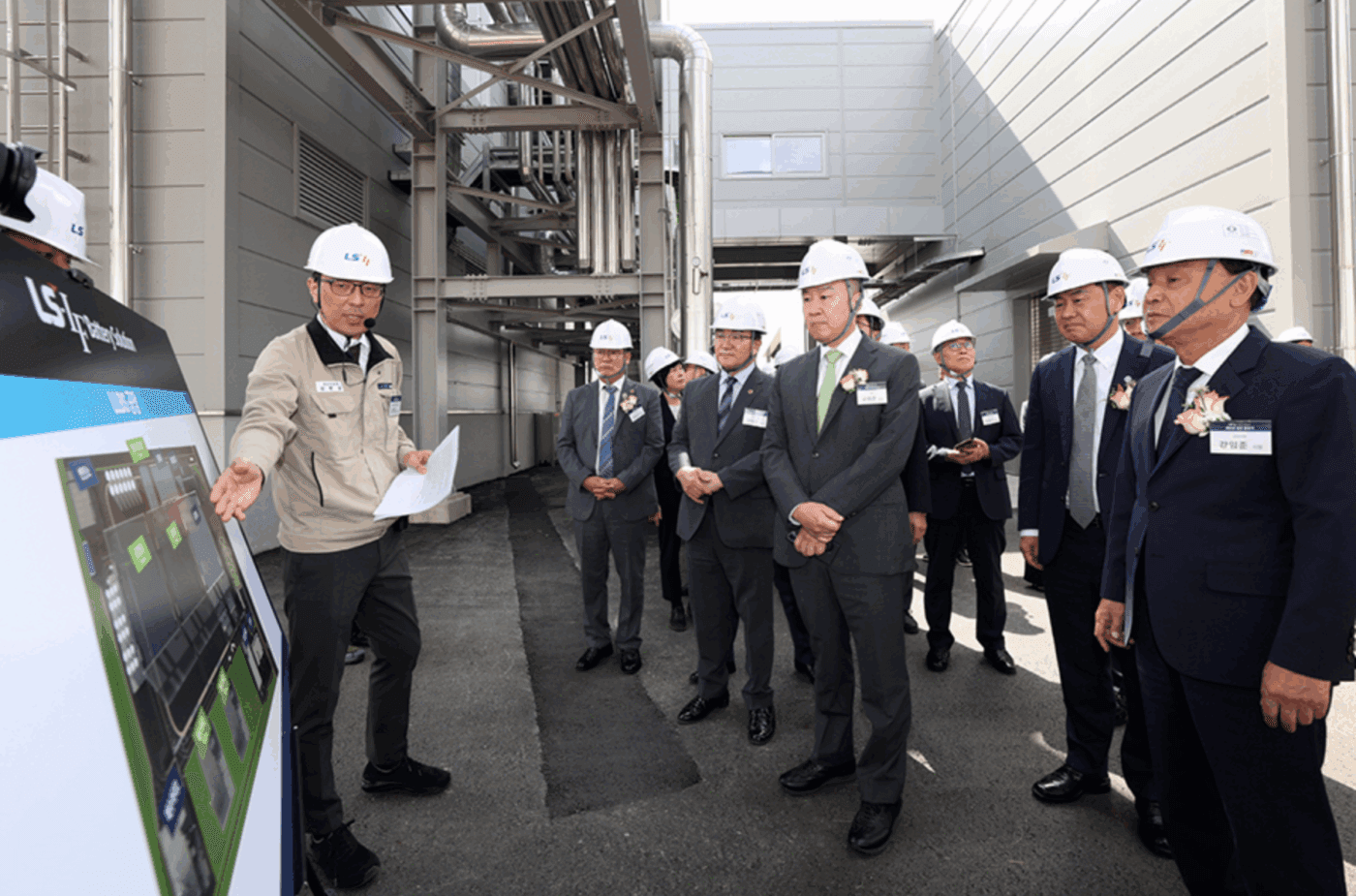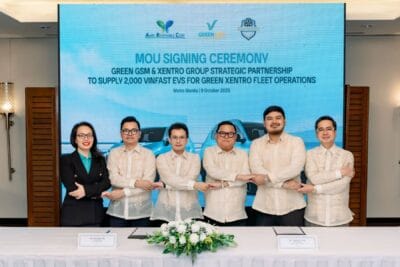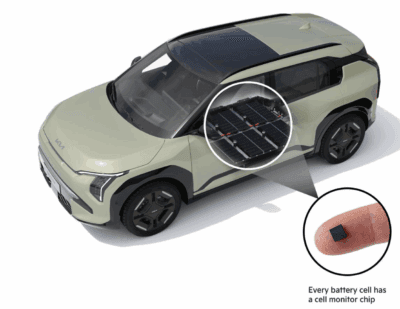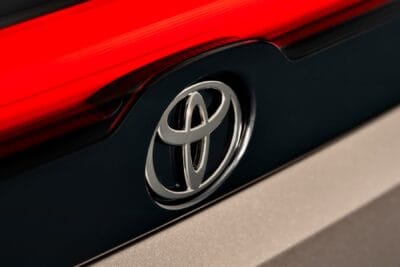LLBS completes Korean plant for battery precursor materials
LLBS, a joint venture between the conglomerate LS Group and South Korean battery material manufacturer L&F, completed construction of a precursor factory at the end of September, within the Saemangeum National Industrial Complex in Gunsan, North Jeolla Province.
Battery precursor material, a compound made by mixing nickel, cobalt, manganese, aluminium, etc., is a key intermediate raw material before producing cathode materials. The LLBS plant fills a need in South Korea’s battery industry value chain by completing the loop of producing nickel sulphate, which in turn gets made into precursor material, and then onto processes to make these into cathode material using purely domestic technology, says the company.
In this value chain, now that the precursor factory is built, the next step is for the nickel sulfate plant being built by LS Group’s non-ferrous metal smelting affiliate LS MnM to become operational. In combination, these different industrial elements should form a robust ecosystem in the secondary battery materials business. LS MnM plans to operate a plant producing 62,000 tons of nickel sulfate annually in Saemangeum from 2029 onwards. LS MnM-produced nickel sulfate will go to LLBS to make precursors, which will then be supplied to L&F, their partner company producing cathode materials, completing the structure.
In April 2024, L&F announced plans to produce NMC cathodes with 95 per cent nickel content. The South Korean company received an order from Tesla for billions of dollars worth of cathode material from Tesla in 2023, and began a cooperation with the US company Redwood for battery materials from recycling in 2021. The company aims to help South Korea become less reliant on precursor materials from China and be able to contribute to the USA battery market.
LS Group Chairman Koo Ja-eun, explained that the aim is to reduce reliance on China for the precursor market, which accounts for 80% of the global total, and to lead the global supply chain with purely domestic technology. He said that the core hub in Saemangeum will become the heart of Korean battery materials.
“While concerns exist regarding the chasm, favourable conditions are emerging for Korean battery companies entering the US market, such as the accelerated shift away from Chinese battery materials for the US market, driven by the Trump administration’s large-scale tax cut bill, ” said Koo. “Riding this wave of change, LS-L&F Battery Solution will not only play a pivotal role in LS Group’s new growth businesses but also spearhead the domestication of the battery industry value chain, accelerating the realisation of Korea as a powerhouse in battery materials.”
Full operational approval was granted for all of the company’s plants in April 2025. While LLBS aims to commence trial production of precursors shortly, the company is targeting 20,000 tonnes by 2026, 40,000 tonnes by 2027, and 120,000 tonnes by 2029.
lsholdings.com (in Korean), businesskorea.co.kr





0 Comments